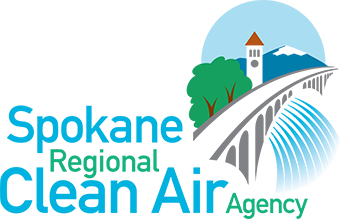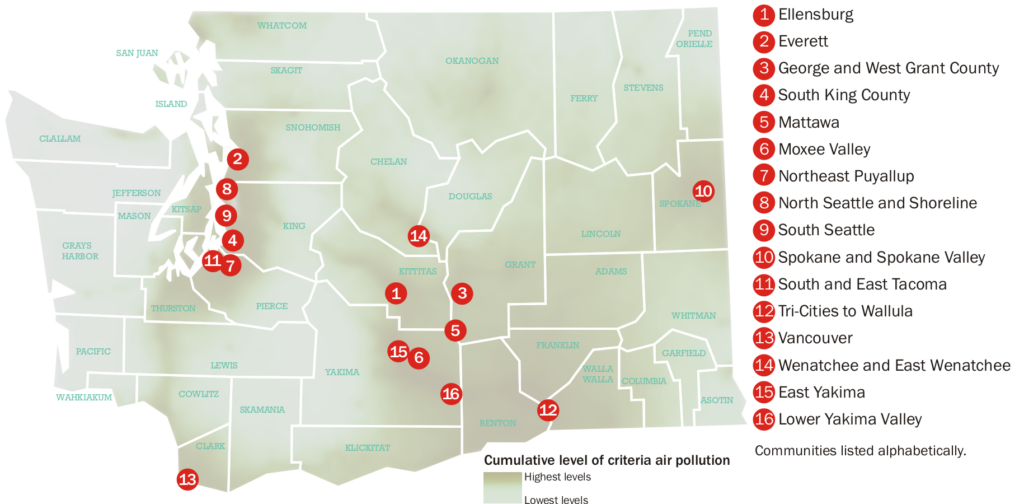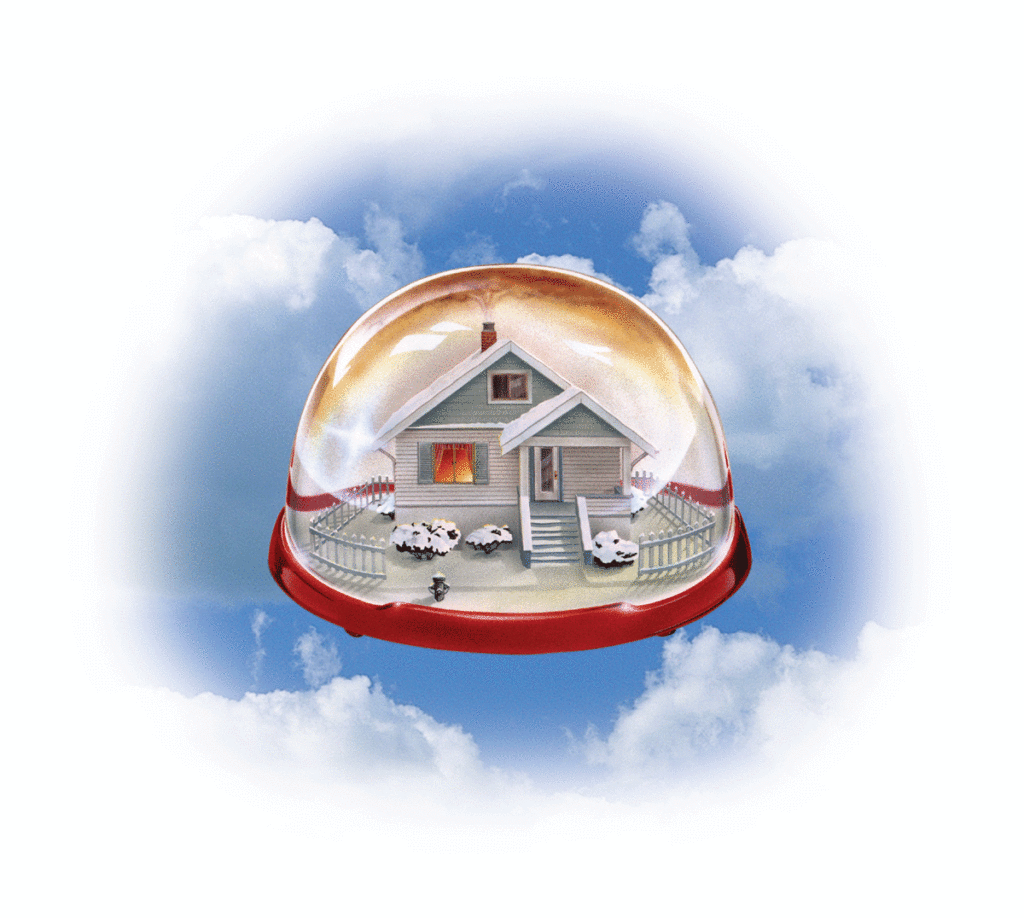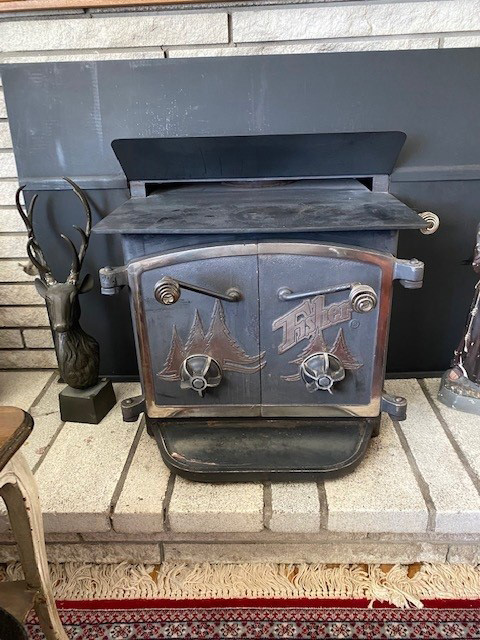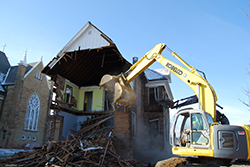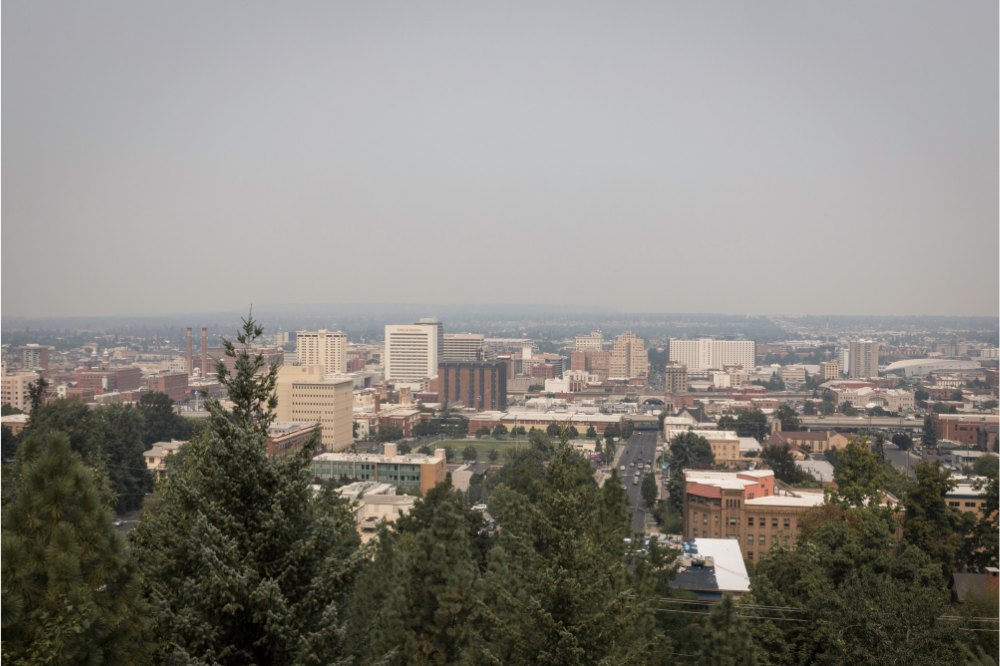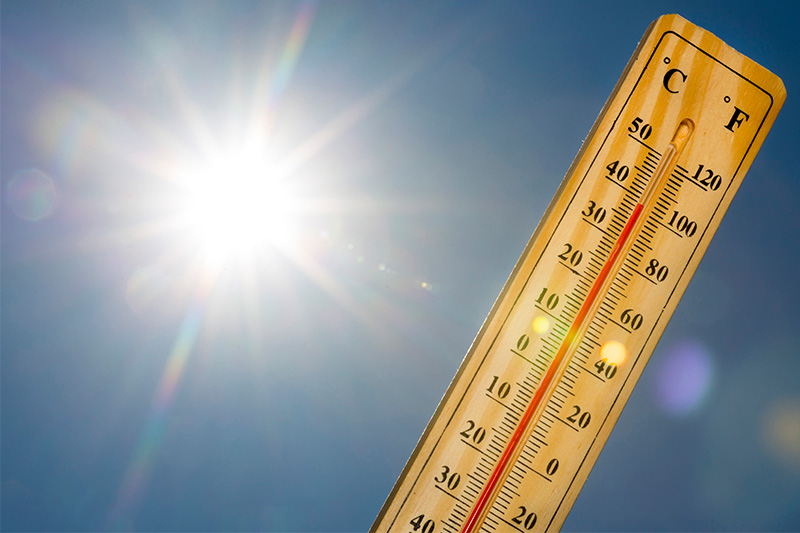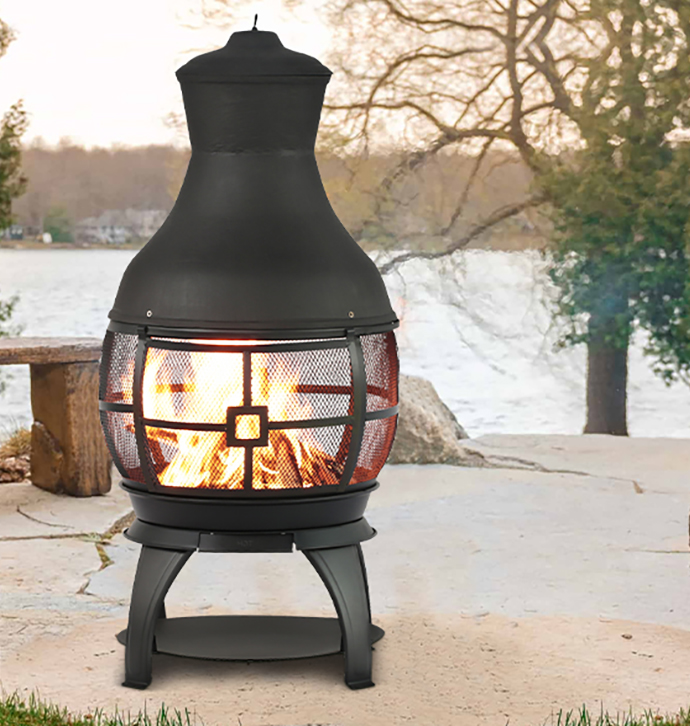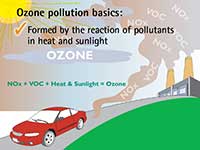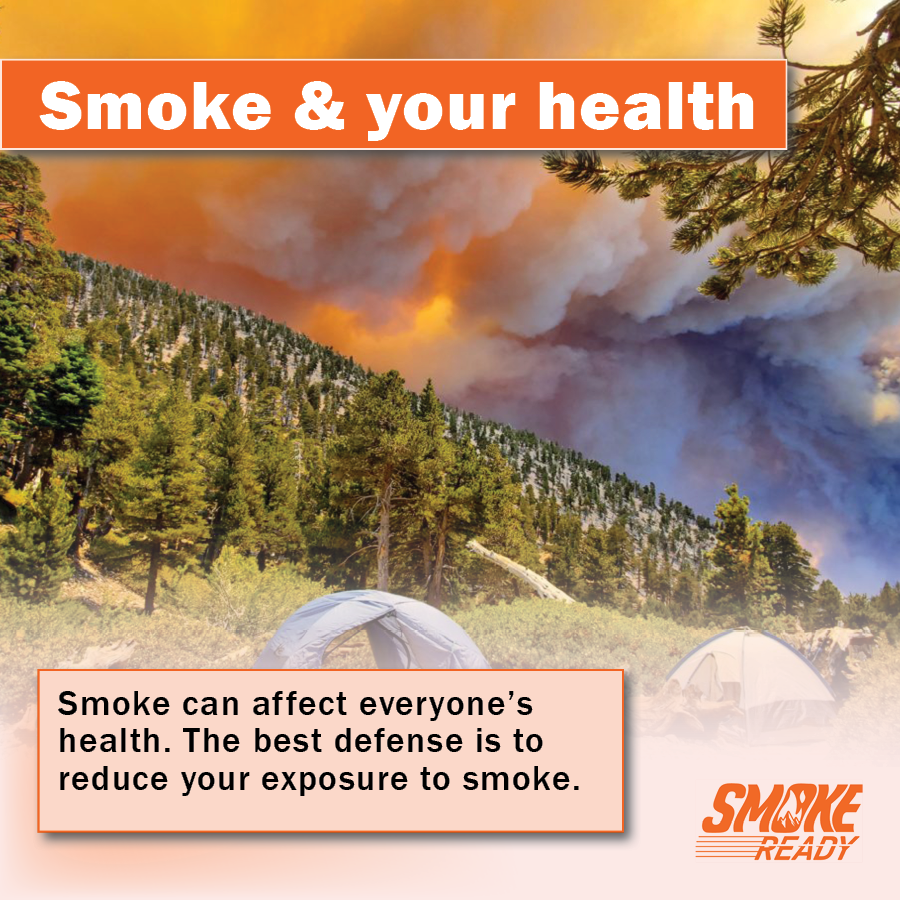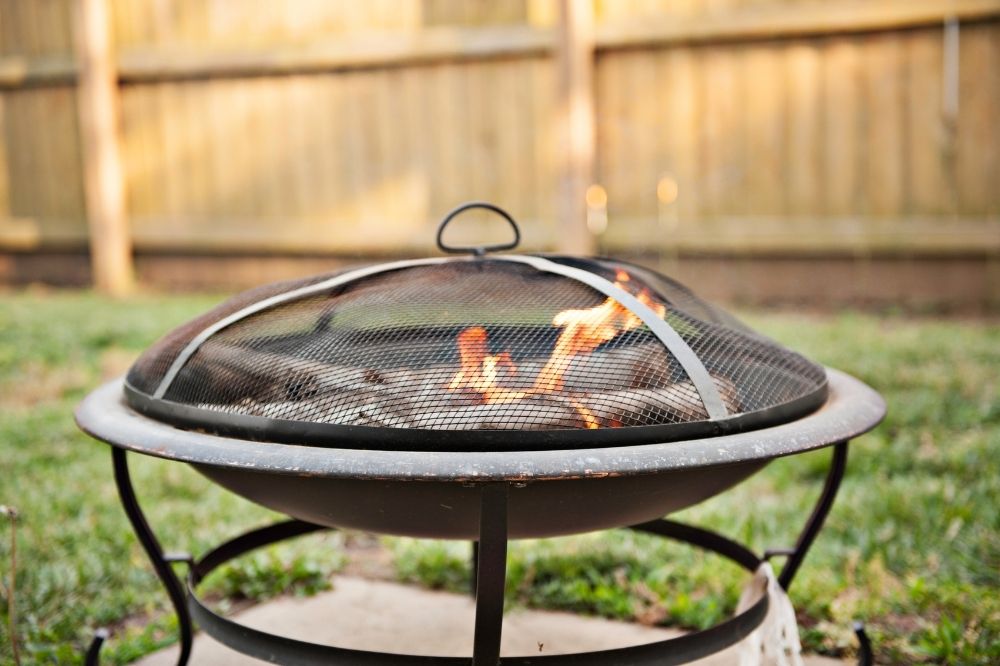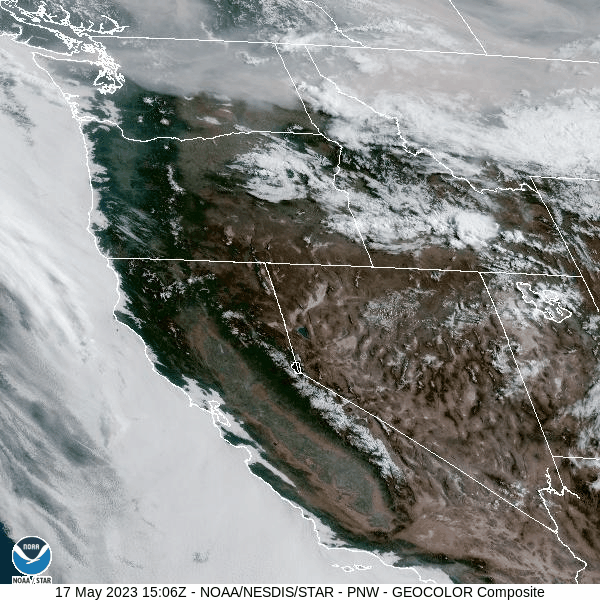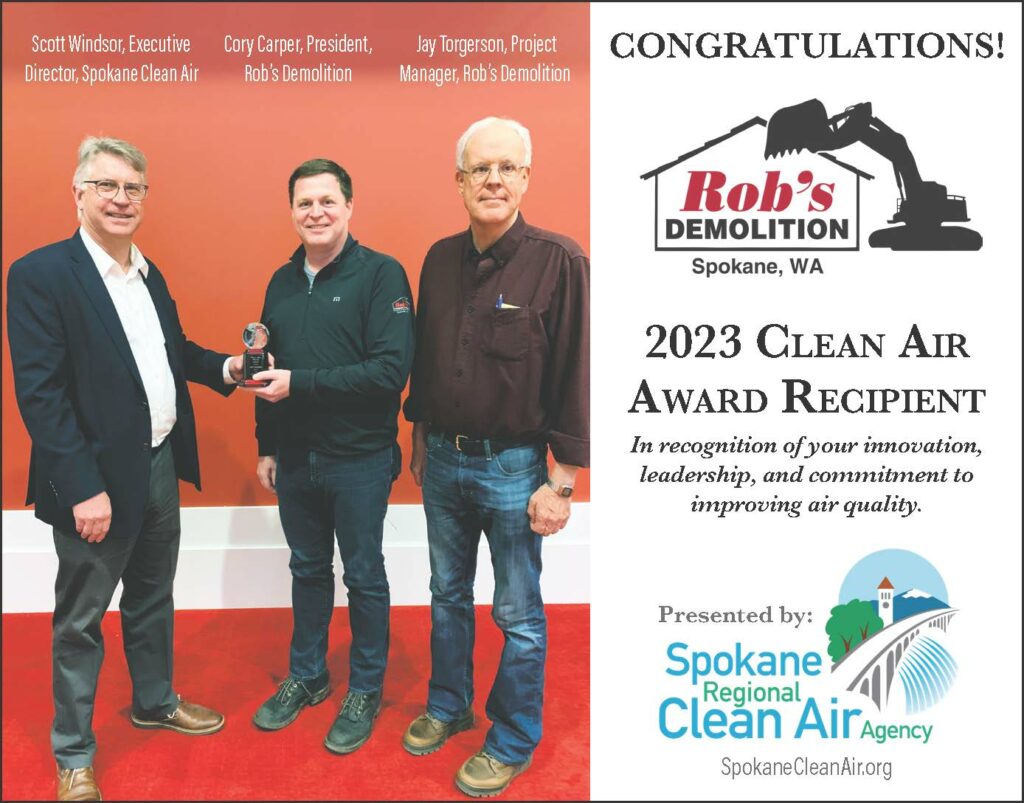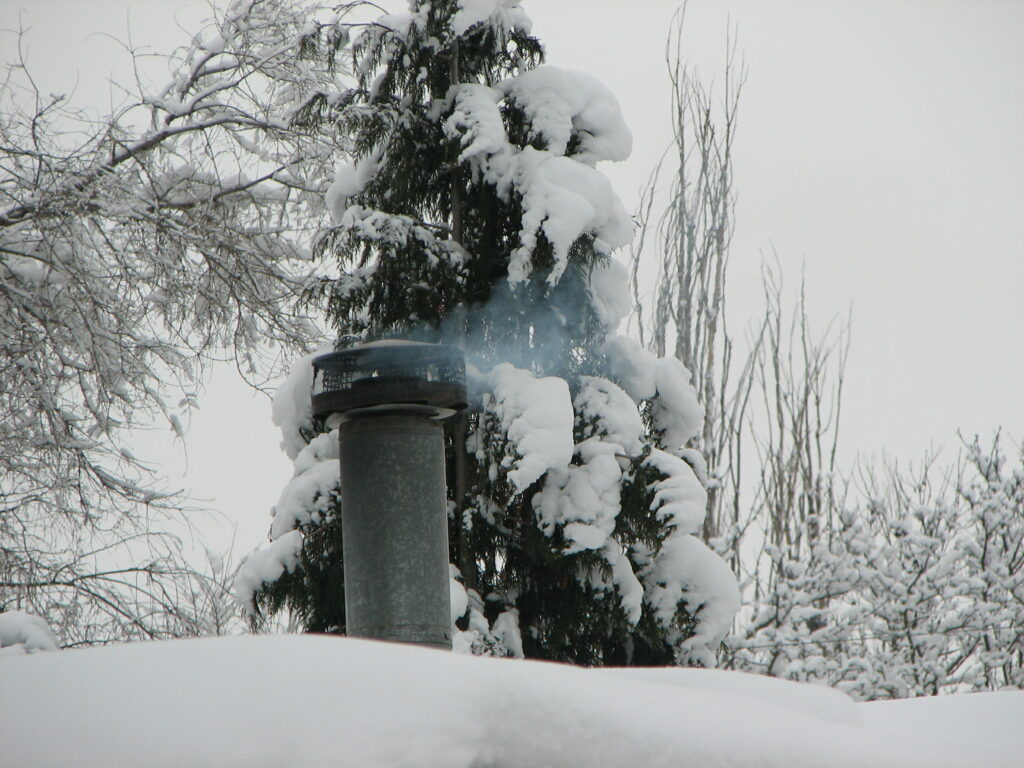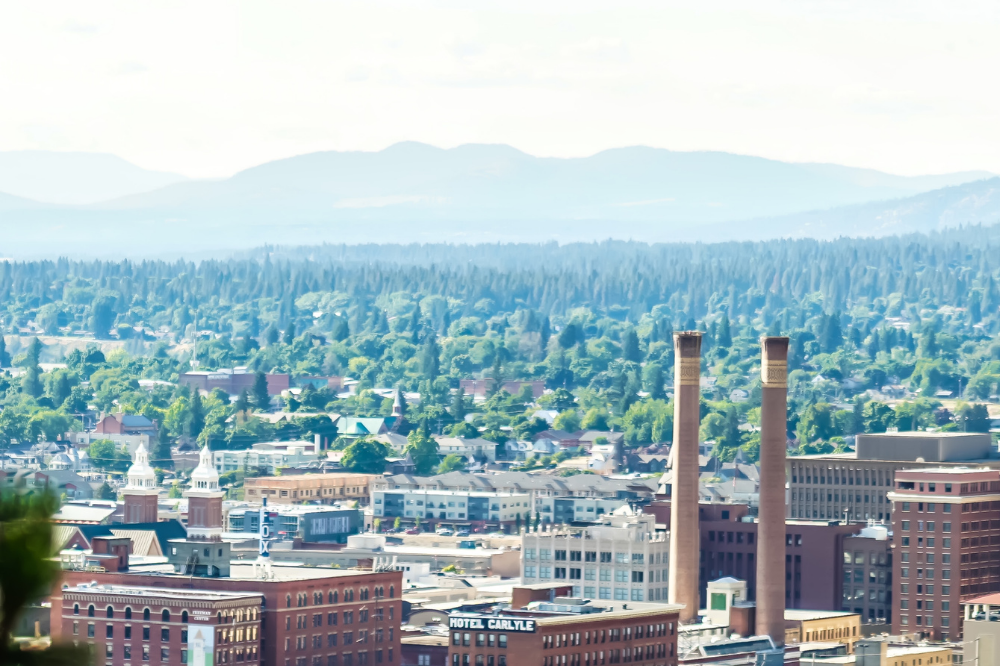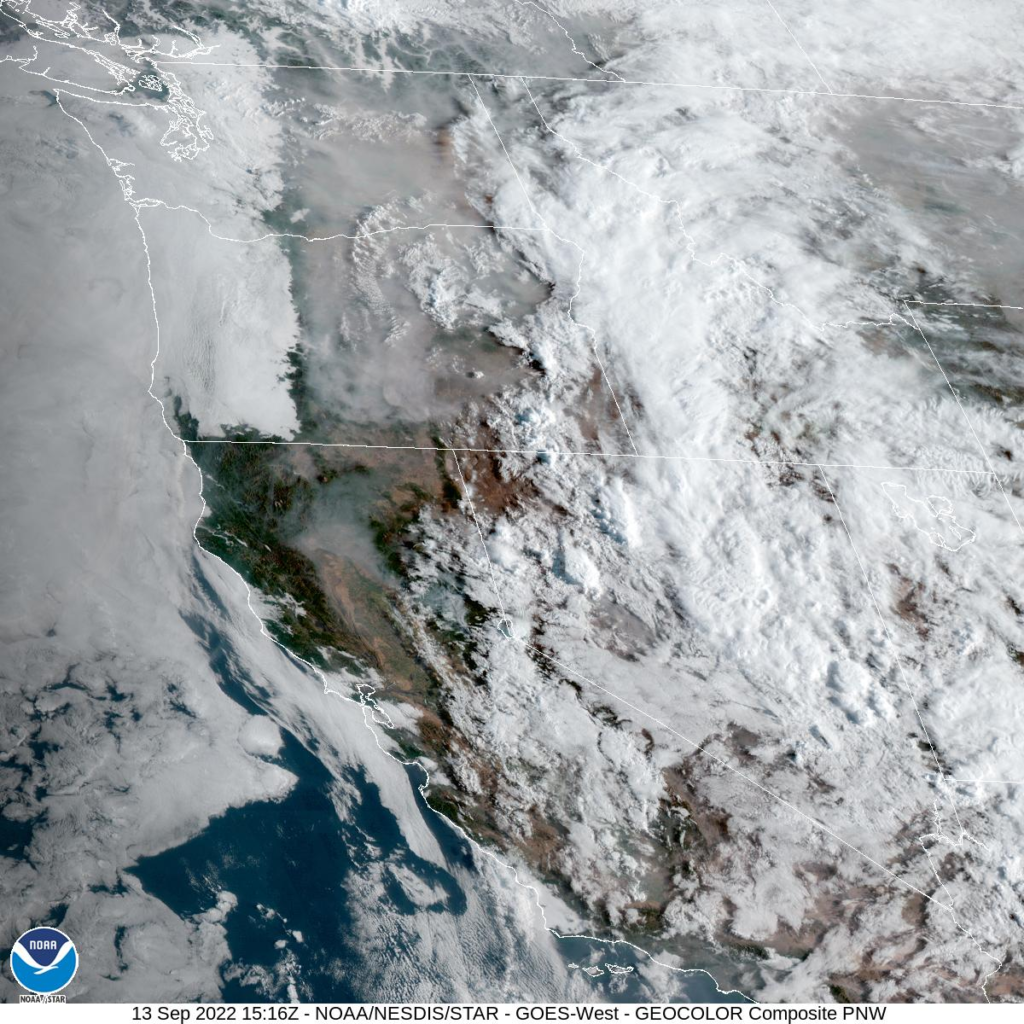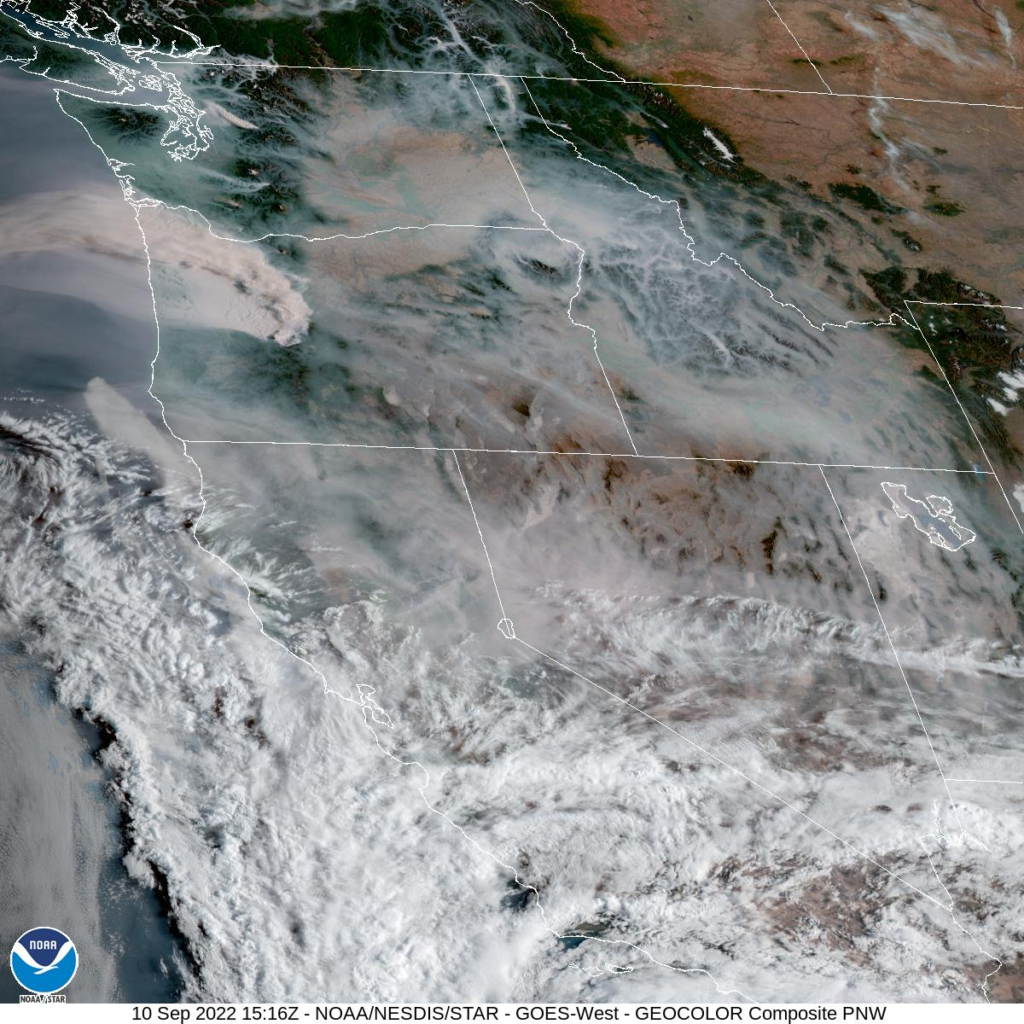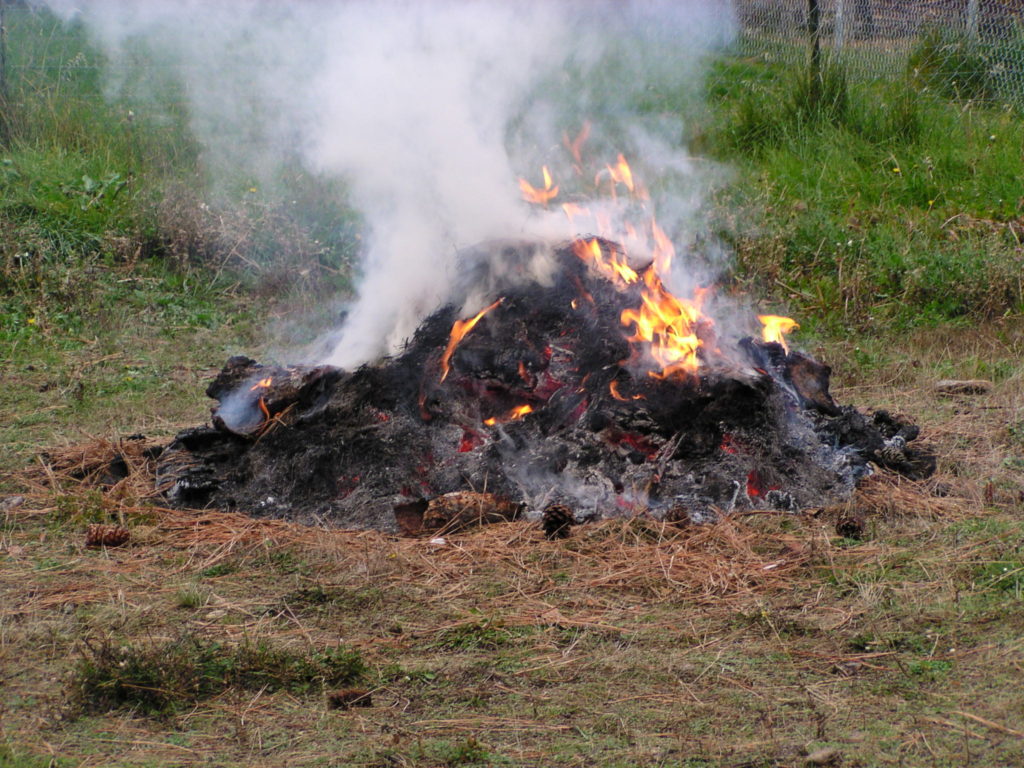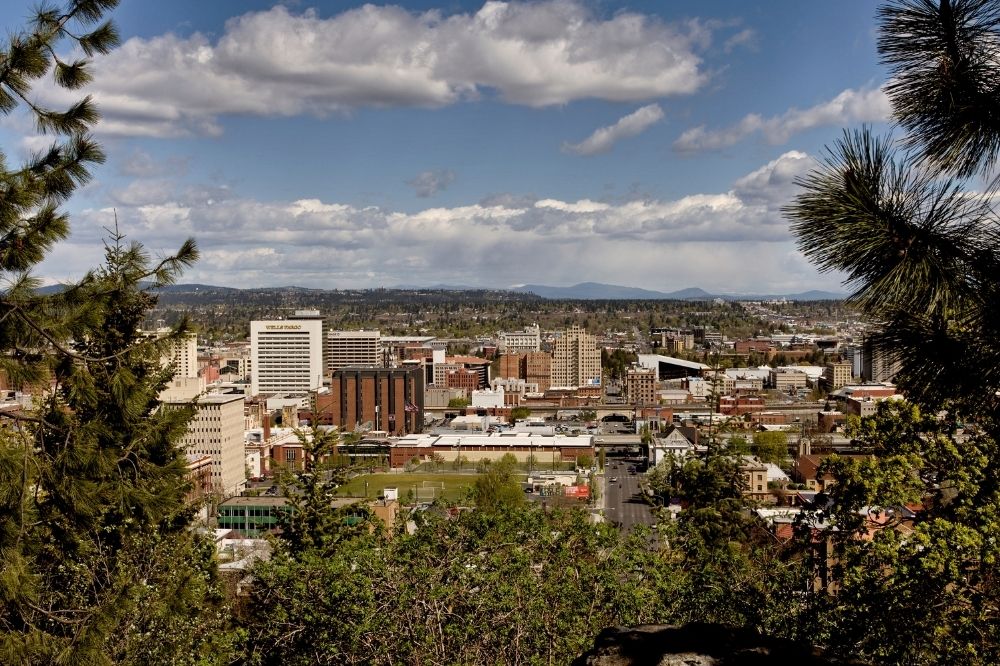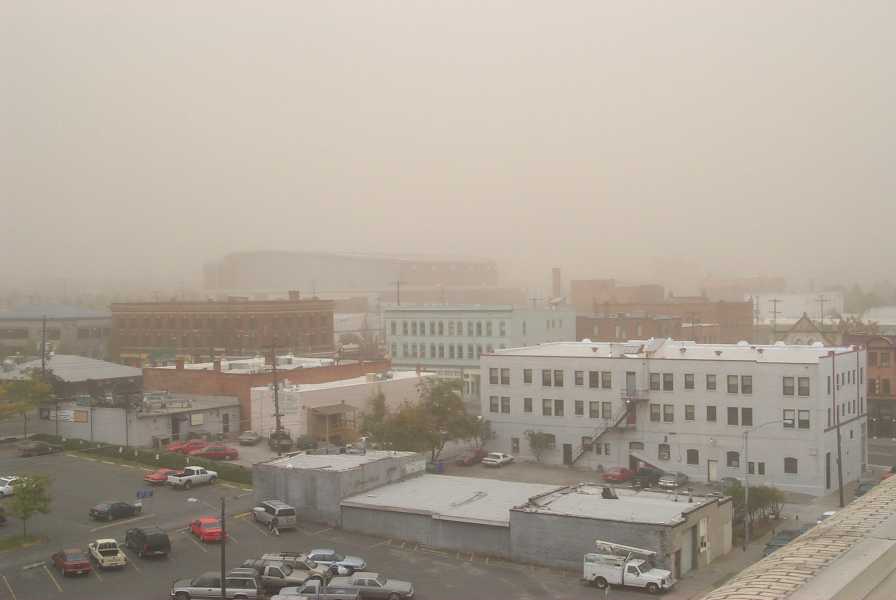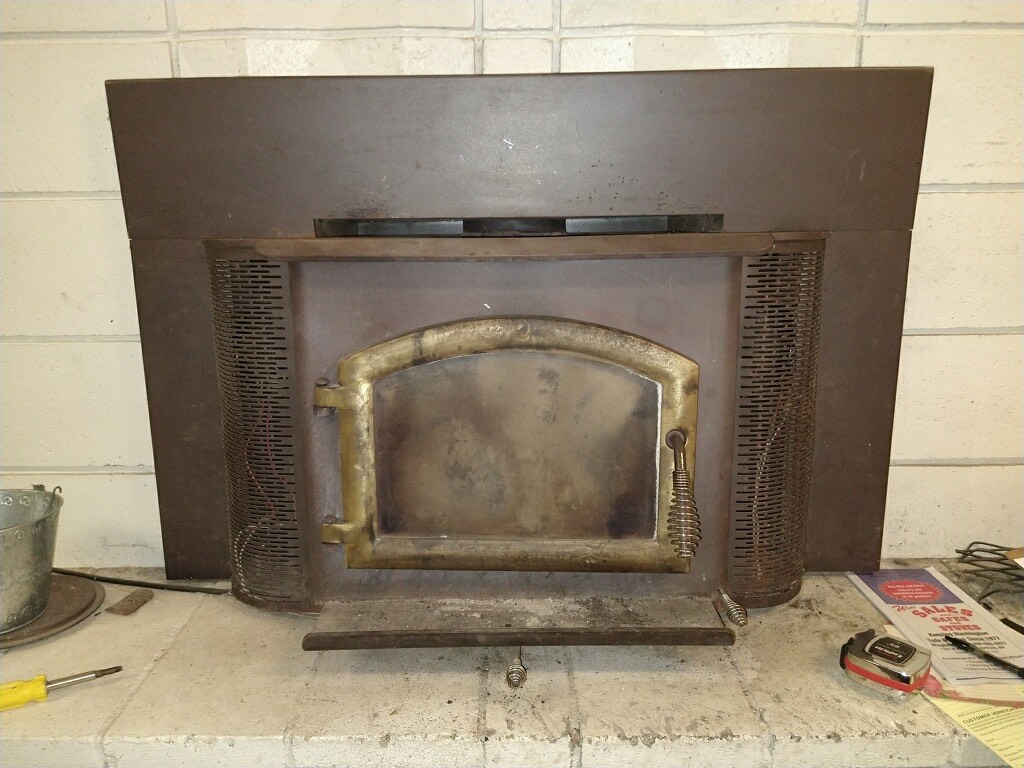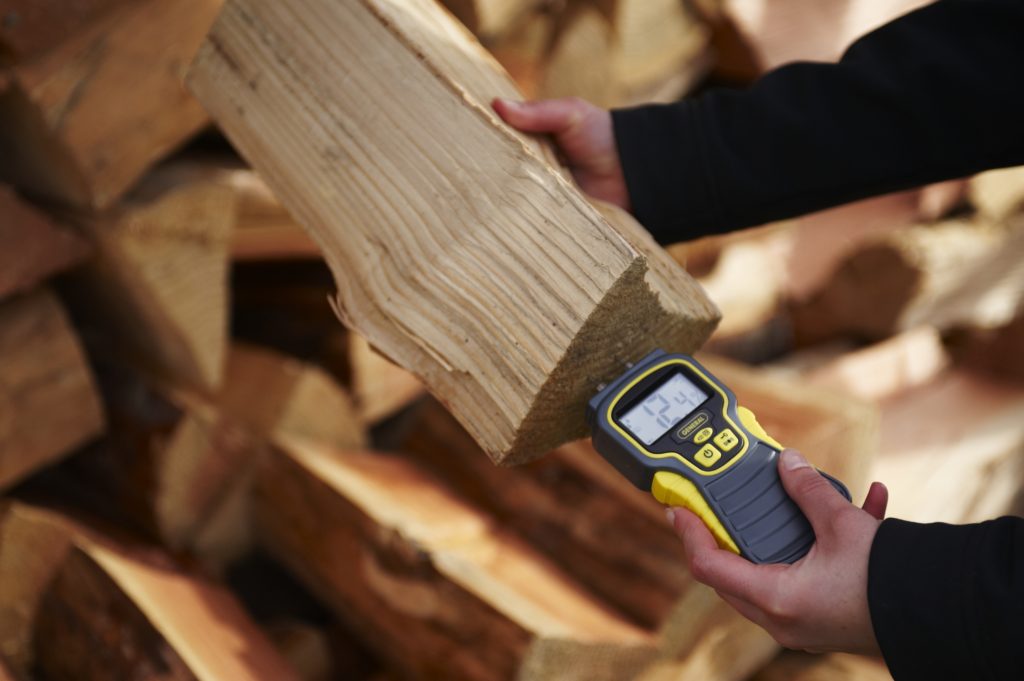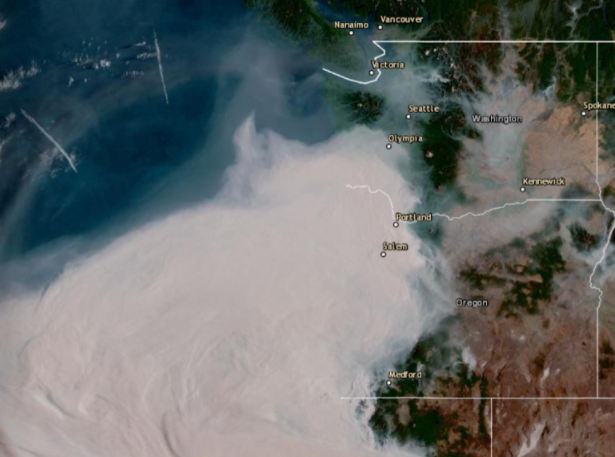Following a 68-day public comment period and public hearings on June 16, 2020 and July 9, 2020, the Spokane Regional Clean Air Agency’s (SRCAA) Board of Directors adopted New Source Review and General Regulation revisions to SRCAA Regulation I, Articles I, II, IV, V, VI and X, and the Consolidated Fee Schedule. The revisions will be effective September 1, 2020. Click here for the Concise Explanatory Statement that summarizes the rulemaking.
The revisions improve the consistency of SRCAA Regulation I with state and federal regulations. This follows several years of working with the WA State Department of Ecology and the U.S. Environmental Protection Agency (EPA) to identify the necessary updates. In addition, the rulemaking provided SRCAA the opportunity to clean up regulatory language and formatting for improved clarity, readability and consistency.
The EPA requires state and local agencies adopt federally-approved control strategies to attain and maintain health-based National Ambient Air Quality Standards. EPA then incorporates the regulations into a federally enforceable State Implementation Plan (SIP).
The adopted revisions:
- Simplify compliance for regulated sources
- Add adoption by reference (ABR) sections that specify which state and federal rules are ABR and specify the adoption date
- Streamline source test provisions and improve consistency with state and federal regulations
- Clarify registration program requirements and improve consistency with state regulations
- Clarify new source review requirements and improve consistency with state and federal regulations; simplify portable source permitting process, provide for more options for public involvement notification
- Improve clarity, readability, formatting consistency among Articles
- Improve consistency with state, federal regulations
- Remove obsolete regulatory language
- Meet federal enforceability requirements and EPA’s federal requirements for incorporation in the SIP
- Correct typos, spelling errors, update citing
New Source Review / General Regulation Updates; What does this mean for your business? Examples of adopted amendments and impacts on business.
Article II, Section 2.09 – Source Testing Updates:
- Clarifies test requirements.
- Aligns test methods with state requirements in WAC 173-400-105(4).
- Adds email as an allowable form of communication.
- Removes combustion testing requirement from the regulation because if testing is required, it will be included as a condition in an air quality permit.
What does this mean for a regulated business? Removing the combustion testing requirement should eliminate potential confusion and possible redundancy. Allowing email as an acceptable form of communicating about source testing may improve efficiency and timeliness.
Article II, Section 2.13 – State and federal regulations adoption by reference date, Section 2.14 – State regulations adopting by reference, add Sections 2.16-2.19 –Federal regulations adopting by reference Updates:
- Provides a single point of state regulations that SRCAA has adopted by reference, including the adopted dates of the regulations. These regulations have requirements that must be met by businesses in Spokane County.
- Provides a single point for federal regulations that SRCAA has adopted by reference, including the adoption dates of the regulations. These regulations have requirements that must be met by businesses in Spokane County.
What does this mean for a regulated business? It should help them clearly see, in one location, the state and federal air quality regulations that they are required to meet because SRCAA has adopted them by reference.
Article IV, Section 4.02 – Operations & Maintenance (O&M) Plan Updates:
- Requires all registered facilities to have and comply with O&M plans.
- Establishes what should be included in O&M plans and recordkeeping requirements to demonstrate compliance. O&M requirements will align with state requirements (WAC 173-400-101(4)) and mirror the requirements in an air quality permits issued by SRCAA.
What does this mean for businesses? The revisions require all registered facilities to have and follow an O&M plan. Currently, all facilities with an air quality permit and businesses regulated under Article VI, Section 6.18 are required to have and follow an O&M plan, which encompasses the vast majority of all registered facilities. The proposed changes will impact very few businesses. For newly affected businesses, SRCAA will provide technical assistance about the O&M plan requirements as they perform air quality inspections.
Article IV, Section 4.03 – Registration Exemption Documentation Requirements Updates:
- Requires all facilities exempt from registration requirements to keep records documenting their exemption status and be able to produce such records when requested by SRCAA staff.
- Provides steps required for an exempt business should they exceed exemption criteria.
- Clarifies that being exempt from one Section does not exempt the business from the entirety of Regulation I.
What does this mean for businesses? The revisions require businesses that are exempt from registration requirements to keep records documenting their exempt status. Businesses are provided with the steps they need to take if they exceed exemption criteria. It also clarifies that being exempt from one section does not exempt you from Regulation I.
Article IV, Section 4.04 – List of Source Categories Required to Register Updates:
- Renames the list from “Exhibit R” in Article IV to “Section 4.04”
- Restructures the list to categorize sources by similarities: state requirements, local requirements, operation type, equipment, and toxic air pollutants.
What does this mean for businesses? The restructuring of the list should make it more user-friendly.
- Divides surface coating operations into two categories for registration:
- A. Motor vehicle or motor vehicle component surface coating operations
- B. General surface coating operations
- A. Motor vehicle or motor vehicle component surface coating operations
- Establishes de minimis levels for surface coating operations:
Potential to Emit (PTE) is less than 100 lbs./yr. or PTE toxic air emissions does not exceed any Small Quantity Emission Rate (SQER) listed in Chapter 173-460 WAC. The de minimis levels become effective after surface coating regulation updates have been completed under a separate rulemaking proposal.
What does this mean for businesses? By establishing de minimus levels, SRCAA recognizes that surface coating operations with lower emissions should be excluded from certain requirements, as follows:
a. Motor vehicle or motor vehicle component surface coating operations with PTE below the de minimis level, will continue to register with SRCAA, but they will not be required to perform coating operations in a paint booth and therefore will not have to obtain an air quality permit.
b. General surface coating operations with PTE below the de minimis level will no longer be required to register.
Note: The de minimis levels become effective after surface coating regulation updates have been completed under a separate rulemaking proposal.
Article IV, Section 4.05 – Business Closure Criteria Updates:
- Consolidates business closure procedures that are currently housed in two places in SRCAA Regulation I into the new section 4.05. A source or emissions unit is considered closed when: the business closure form is submitted to the agency within 90 days (no change, meeting WAC 173-400-101(5)); registration fees are not paid by 120 days (change from 365 days to 120, to mirror requirements in permit conditions); the agency determines the source has gone out of business (new); the source has not operated for 2 or more years (change from 5 years to 2 years to meet federal requirements).
- Includes criteria for when an emissions unit / source is considered closed, and how to resume operation of the emissions unit / source.
What does this mean for a regulated business? The changes specify criteria for when a business (source/emissions unit) is considered closed, and what the business must do to resume operation.
Article V, Section 5.02 – New Source Review Exemption Requirements Updates:
- Requires that businesses exempt from going through the new source review process to obtain an air quality permit must have records documenting their exempt status and must be able to provide documentation to SRCAA staff upon request.
- Provides steps that an exempt business must take if they exceed the exemption criteria.
- Clarifies that being exempt from new source review does not provide exemption from all of Regulation I.
- Changes the measurement unit for batch size criteria for coffee roasters that are exempt from air quality permitting from pounds per batch to kilograms per batch to be consistent with equipment manufacturers’ sizing practices.
- Establishes de minimis levels for surface coating operations of: Potential to Emit (PTE) is less than 100 lbs./yr. and below the Small Quantity Emission Rate (SQER) for toxics. All surface coaters that meet the de minimis level will be exempt from new source review / air quality permitting. The exemption becomes effective after surface coating regulation updates have been completed under a separate rulemaking proposal.
What does this mean for a regulated business? All facilities that are exempt must keep, and be able to produce upon request, record documenting their exemption status. Surface coating operations below the de minimis level will be exempt from air quality permitting, saving them time and money.
Article V, Section 5.05 – Public Involvement Update:
- Aligns the local regulation with Washington state’s public involvement requirements for air quality permitting.
- SRCAA can supplement its website notification with print advertising or other methods appropriate to notify the local community of air quality permitting actions.
What does this mean for a regulated business? Provides additional options for how a business meets noticing requirements when obtaining an air quality permit.
Article V, Section 5.08 – Portable Source Permits Updates:
- Changes to the name “Notice of Intent (NOI)” application to “Portable Source Permit (PSP)” application to address confusion with SRCAA asbestos NOI program.
- Eliminates the requirement that a portable source operating for the first time in Spokane County, must go through the NOC review process prior to obtaining an NOI.
- Increases the notification time from 10 days to 15 days to meet state noticing period requirements, WAC 173-400-036(4)(b) and 173-400-171(2).
- Updates non-road engine requirements that clearly describe how SRCAA reviews and permits non-road engines, similar to Ecology (WAC 173-400-035) and other local air agencies in Washington.
- Updates exemption subsection to provide clarity on what is exempt from PSP and what exemption requirements must be met.
What does this mean for a regulated business? The changes simplify the air quality permit process for portable sources that are operating for the first time in Spokane County. This will save them time and money. The notification period changing from 10 to 15 days will provide consistency with state regulations but will require businesses to plan accordingly. Updates to the non-road engine requirements will provide clarity as well as consistency with state and other local air agencies in Washington.
